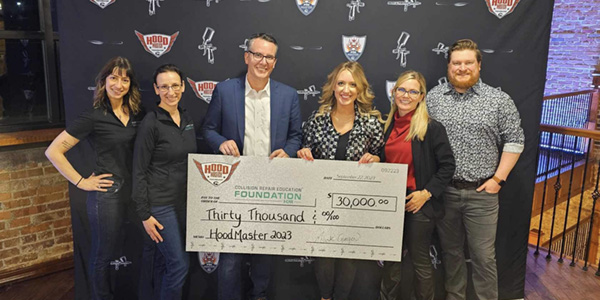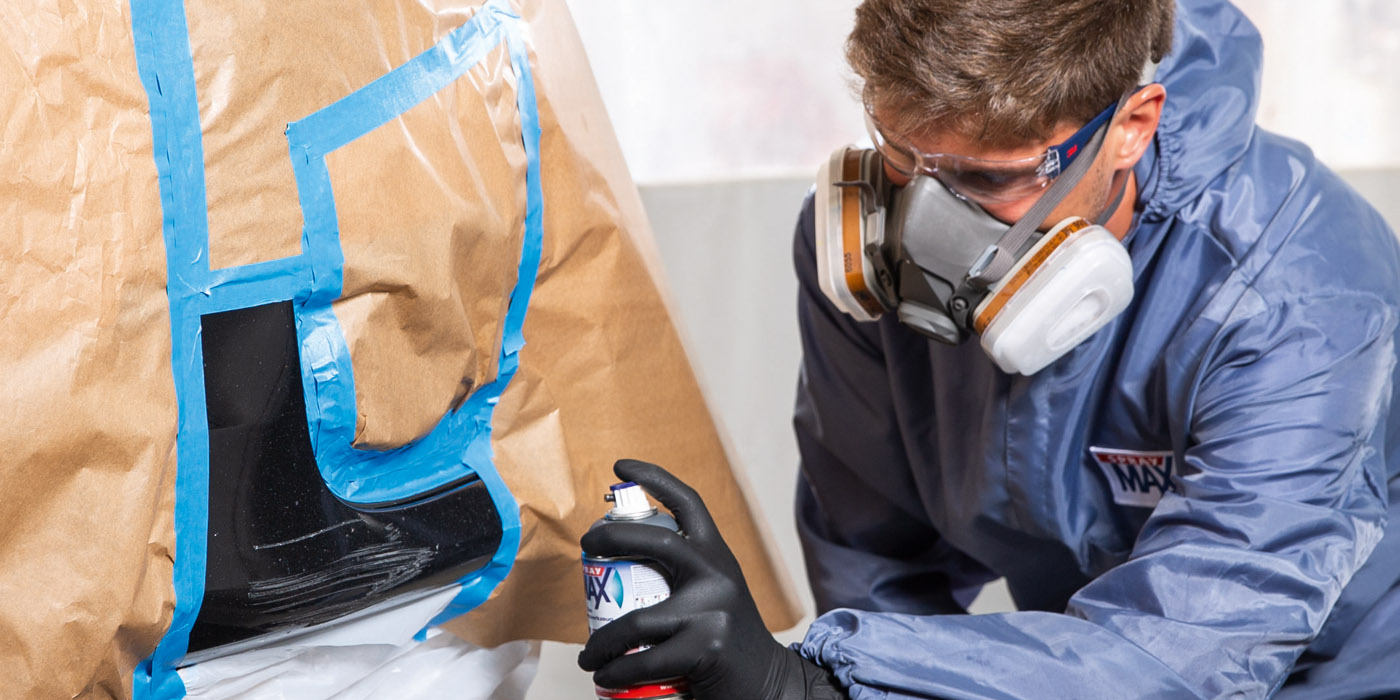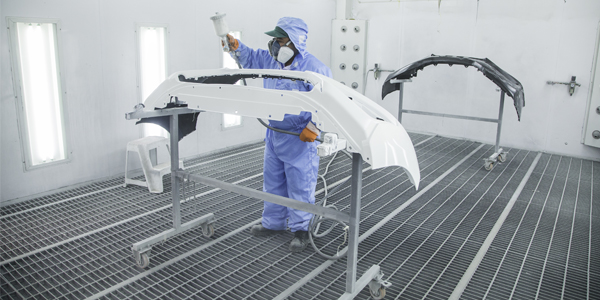I was recently reminded that it’s never too late to learn. I often write about how important training is, and several weeks ago I decided to take my own advice and go learn something that had always bewildered me. I knew color matching was a science, but never had any formal training. And frankly, it remained a mystery to me even after the training.
I’ve mentioned many times that my painting career ended with the advent of catalyzed paints. During my painting days, there was lacquer and enamel, end of story. Guys who shot enamel had to be really good because what you shot was what you got. There was no color-sanding enamel paints. Ultra-fine paper wasn’t out yet because only lacquer could be final sanded, and 600 wet was good enough.
Speaking of color matching, paints were supplied two ways back in my day: factory-packed and counter-mixed. Factory-packed was mixed at the paint factory and considered the way to go. It supposedly had the tightest tolerances and was mixed the same every time – at least, that’s what they told us. Counter-mixed was a little scarier. Your favorite counterperson would get the formula and start pouring in all sorts of colors by using a scale and – POOF! – you had a perfect match. I think you can guess how that went.
I was always mystified by how real painters could add and subtract certain colors to get one of those hard-to-match colors to blend in mid-panel. They had a true eye for color and just knew how to do it. I, on the other hand, got frustrated when it didn’t match and had to seek help from one of the
true professionals.
One of those guys is an old high school chum of mine by the name of Bill Warner. Many of you know Bill, as he has worked for several paint companies over his career and is an excellent training instructor. He now works for Pro-Spray Automotive Finishes and recently took me up on my request to have him help me understand color matching science.
I reported for class bright and early at Pro-Spray Automotive Finishes’ excellent training facility in Massillon, Ohio, eager to learn all about color matching. Bill was quick to slow me down and review all the elements that can affect color match. Of course, the thing I always hated the most was prep, and sure enough prep has a strong effect on color. We reviewed many things that can impact it and didn’t get to actual color shifts until after lunch. By about 2:30, Bill had my mind so overloaded that I thought I would never figure it all out, but he kept his cool and I finally started to get it. Once I realized that color shifts go on in multiple dimensions and each affects the other, the lightbulb started to shine.
While I will never have the kind of talent required to be a painter today, I at least now understand how the theory works and have a better understanding of what’s required. The folks at Pro-Spray Automotive Finishes were patient and generous in giving me the opportunity to spend time at their training center. The old dog did learn some new tricks after all.
Bill, thanks for your patience…and I’ll still leave the painting to you!













